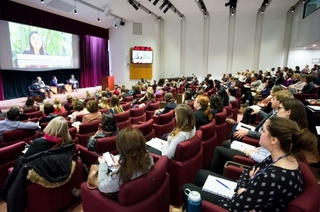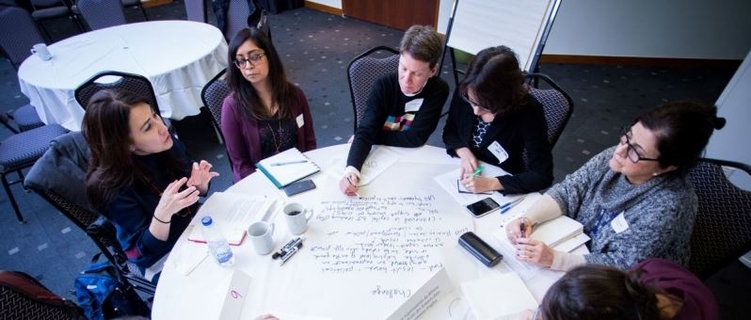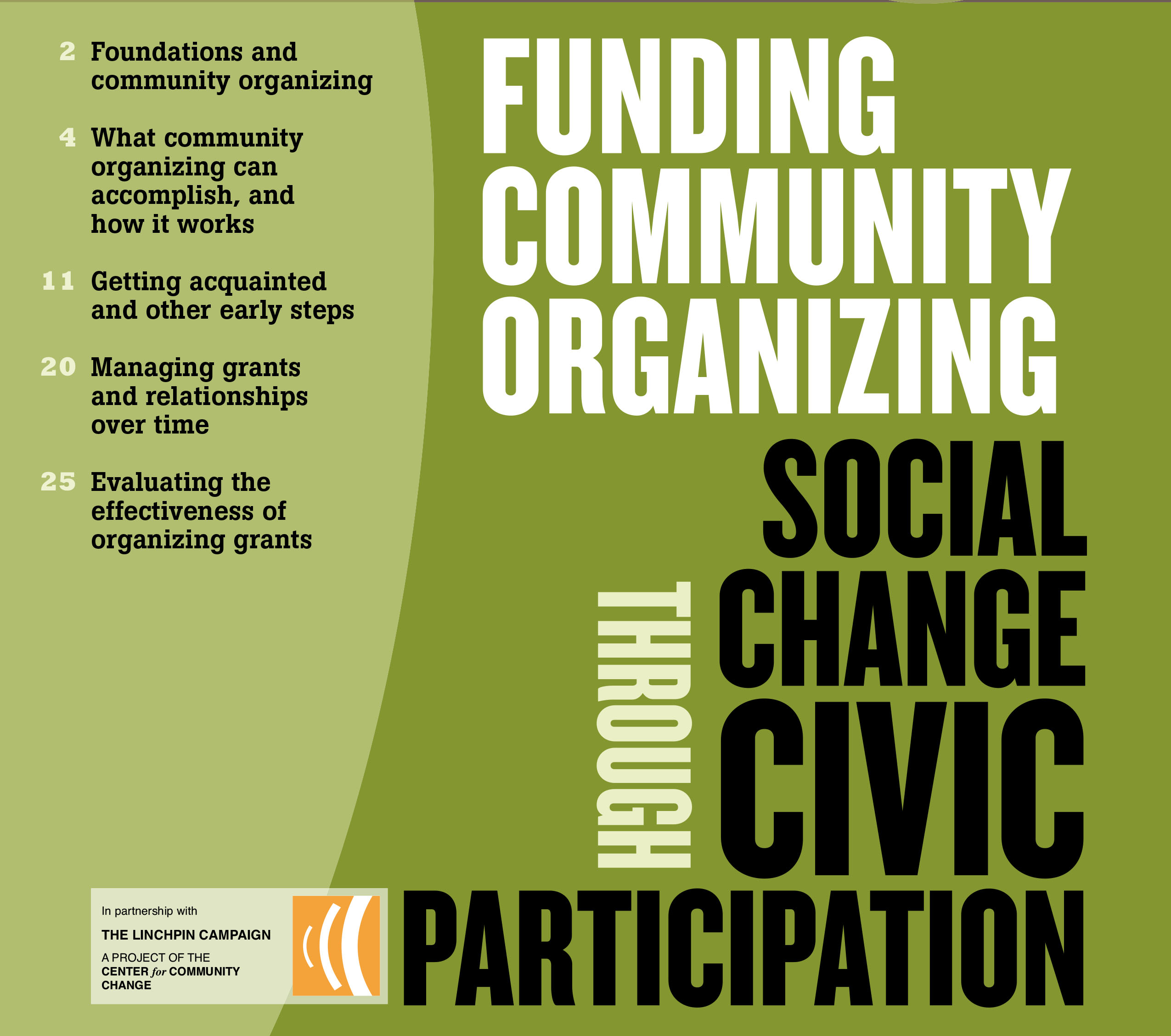Canada’s Feminist International Assistance Policy: Strengthening Funding for Women’s Rights
Amidst the global storms of populism, anti-immigrant forces, and increased militarization, several governments are moving against the current with attempts to articulate and implement feminist foreign policies—policies that center the rights of women and girls, inclusivity, and intersectional thinking. While this is a much-debated approach, it does open space for new conversations on women’s rights and funding for feminist movements.
In June 2017, the Government of Canada announced its Feminist International Assistance Policy (FIAP). This policy was based on the recognition that “supporting gender equality and the empowerment of women and girls is the best way to build a more peaceful, more inclusive and more prosperous world.”
One element highlighted in the policy is “supporting local women’s organizations that advance women’s rights.” As Canada’s only global women’s fund—making grants at the intersection of innovation and women’s rights—this official recognition of the role played by local women’s organizations was music to our ears.
The MATCH Fund is a fierce proponent of women’s rights organizations and feminist movements, including those led by young women and trans* folks. We know that those working at the grassroots have the knowledge, strategies, and skills to lead social change. But all too often, they lack the resources to see their ideas become a reality. That’s why this new focus by the Government of Canada is a fantastic opportunity to mobilize new resources for these changemakers.
However, we knew this policy focus would require our attention. Historically, global-local women’s rights organizations have received only minuscule proportions of development assistance from governments. To turn this trend around, we needed to work with our government to ensure that resources were actually directed for feminist organizations.
Engaging with the development assistance entities within government takes time. These are generally large bureaucracies with complicated structures and funding mechanisms. But they do invest significant resources. In 2017, for example, members of the Organization for Economic Co-operation and Development (OECD) invested $146.6 billion in development assistance.
In a strategic partnership with the Nobel Women’s Initiative, we began a conversation with Global Affairs Canada before the new policy was announced. Our discussions raised awareness about the important role played by women’s rights organizations in driving change on gender equality. We highlighted the importance of direct funding for these organizations and the crucial intermediary role played by women’s funds. 
We co-organized a convening with Global Affairs Canada in March 2017 where we discussed why it was important to fund women’s organizations and feminist movements and global lessons on how best to do this. While there was an increased understanding of this importance, the how component still needed some work. The government needed to redefine its processes to fund in new ways that truly support the organizations they intend to benefit.
We heard that financial accounting systems were not set up to support smaller organizations, risks were too high, women’s organizations did not have experience dealing with the government’s application systems, and a host of other apprehensions.
In response, we organized a second convening called Shifting the Power: Opportunities for Innovative Partnerships with Women’s Movement in January 2018. This brought together government officials, feminist activists, development funders, and non-government organizations to look at how to fund grassroots women’s rights organizations. Although it took more time, we negotiated the objectives and the agenda with Global Affairs, so the event was truly a collaborative initiative. 
Together, participants worked on themes and learned from both Canadian and international experience. We heard from activists as they discussed what kind of funding made a difference.
Six recommendations emerged to help Global Affairs Canada move forward that we believe can guide any funder or government interested in supporting feminist work:
- Support bold and creative new ways of working: Funding women’s rights organizations is different than general development programming with gender equality objectives. Supporting feminist activists requires one to work in creative ways, challenging existing rigidities.
- Use incremental approaches to build capacity: The absorptive capacity and confidence of women’s rights organizations can be developed in stages. Women’s funds can play constructive roles and support small organizations and networks.
- Accept risks and manage them: Consortia, women’s funds, funding a mix of organizations are all strategies that can help manage (but do not necessarily eliminate) risk.
- Adapt and simplify funding models to meet various needs: Current programming requirements often set up barriers that make it difficult for smaller organizations to access international assistance money. For example, we suggested to Global Affairs Canada that if the government is serious about supporting women’s organizations, systems need to change.
- Redefine success: Given the long-term and nonlinear processes of social transformation, funding women’s rights organizations also requires new ways of defining results and outcomes. Feminist organizations and networks can define their own indicators. Some use resilience or organization strength as milestones to demonstrate progress.
- Equip partners or embassies to better protect and engage with women’s human rights defenders: If your support extends internationally, know that this work requires an extra layer of flexibility and skill because context matters. For example, extra training might be needed for diplomats or partners around the world to ensure they have the skills to reach out to women’s networks and engage with feminist activists.
So what did we learn from these exchanges? First off, conversations and listening are central. There are many people with different perspectives and starting points and it is important not to make assumptions about where people are coming from. Secondly, while bureaucracies are not homogeneous, they are still slow to change. Systematic rigidities are the norm and ‘risk’ is a scary word for government bodies (and philanthropy!). Getting new systems in place is a long-term process but can be assuaged if funders share their wisdom and work together to ease concerns. Third, despite all the challenges, the conversation is worthwhile. The opportunity to mobilize new resources for the causes you care about is exciting. Engaging with governments is a long-term process, but sharing good practices on how to support women’s organizations can yield results.


